The Smithsonian's National Museum of American History has reinstated former President Donald Trump's name into its "American Presidency: A Glorious Burden" impeachment exhibit, following its temporary removal last month. This decision comes amid escalating tensions between the Trump administration and cultural institutions, with the administration threatening funding cuts to programs supporting racial and LGBTQ+ inclusion or those perceived to promote "improper ideology."
The museum clarified that the removal was always intended to be temporary and part of a broader content review. However, reports suggest that White House pressure influenced the change, a claim that a White House official has denied. This move reflects broader efforts by the Trump administration to reshape institutions such as the Kennedy Center, universities, and hospitals.
The exhibit's update now includes revised photographs and content, signaling a contentious intersection of politics and cultural representation. The Smithsonian's decision to restore Trump's name underscores the delicate balance museums must maintain between historical accuracy and political sensitivity. As cultural institutions navigate these challenges, the role of museums in reflecting and shaping societal values remains a topic of ongoing debate.
This development has sparked discussions about the influence of political pressures on cultural institutions and the importance of preserving historical integrity. The Smithsonian's actions may set a precedent for other museums facing similar challenges in the current political climate. As the situation unfolds, stakeholders continue to monitor the implications for museum practices and the broader cultural landscape.
In the broader context, the Smithsonian's decision highlights the ongoing debates surrounding the role of museums in society and the challenges they face in balancing educational missions with political considerations. As institutions dedicated to preserving and interpreting history, museums play a crucial role in fostering public understanding and dialogue. The evolving dynamics between political entities and cultural institutions will likely continue to influence the future of museum exhibitions and programming.
